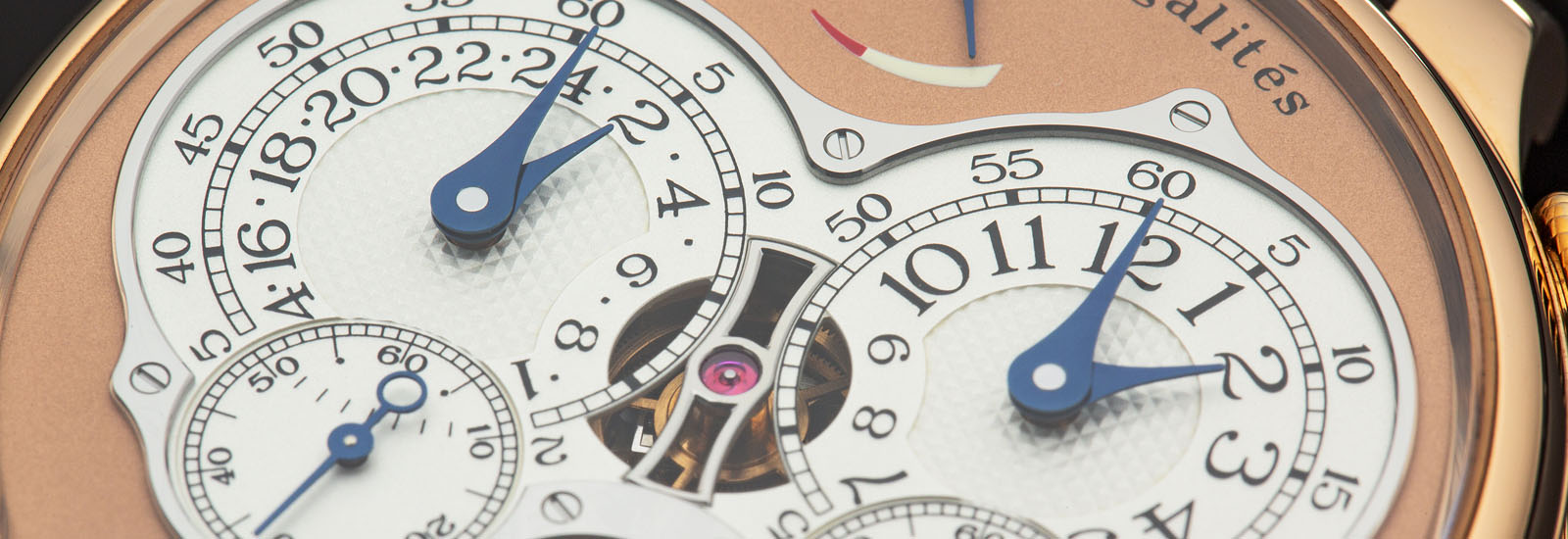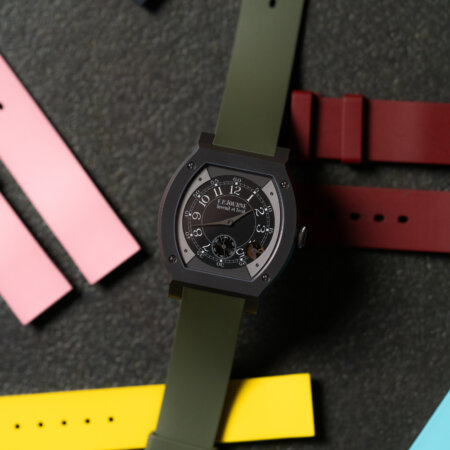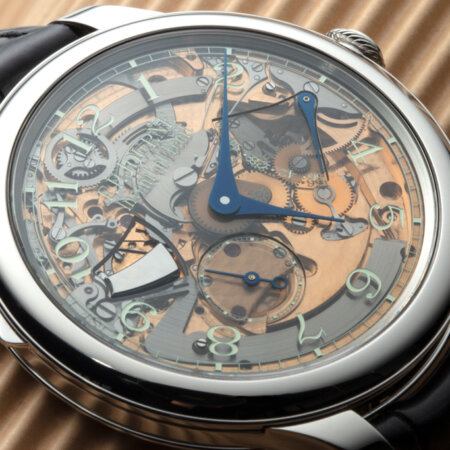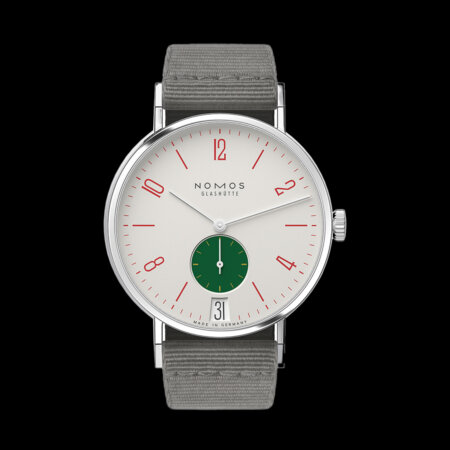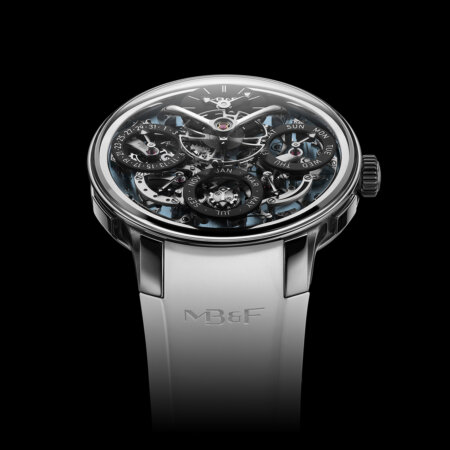Celebrating 20 years of Résonance with the new F.P. Journe Chronomètre à Resonance 2020
How many of us use the word resonance every day? «The relationship crisis held a wide resonance with the general public», «The doctor has prescribed me a magnetic resonance scan», and so on. But how many know what resonance really is? And what does it have to deal with watchmaking and with F.P. Journe? Let’s go step by step.
A WONDER NAMED RESONANCE
Resonance is a natural phenomenon. Any animated body transmits a vibration to the surrounding environment; when another body catches this vibration, it absorbs its energy which makes it vibrate at the same frequency. The first, called “exciter”, and the second “resonator”, makes the two bodies enter in resonance.
In watchmaking, the resonance affects two independent movements side by side that go into synch. In 1665 the Dutch physicist and mathematician Christiaan Huygens observed that, by setting two pendulums side by side and on the same wall, they tended to tune their oscillatory movement, “thus assuming the same rhythm”. These studies made him comprehend the phenomenon of resonance. Referring to two pendulums, it is said that one makes the other resonate at its own frequency.
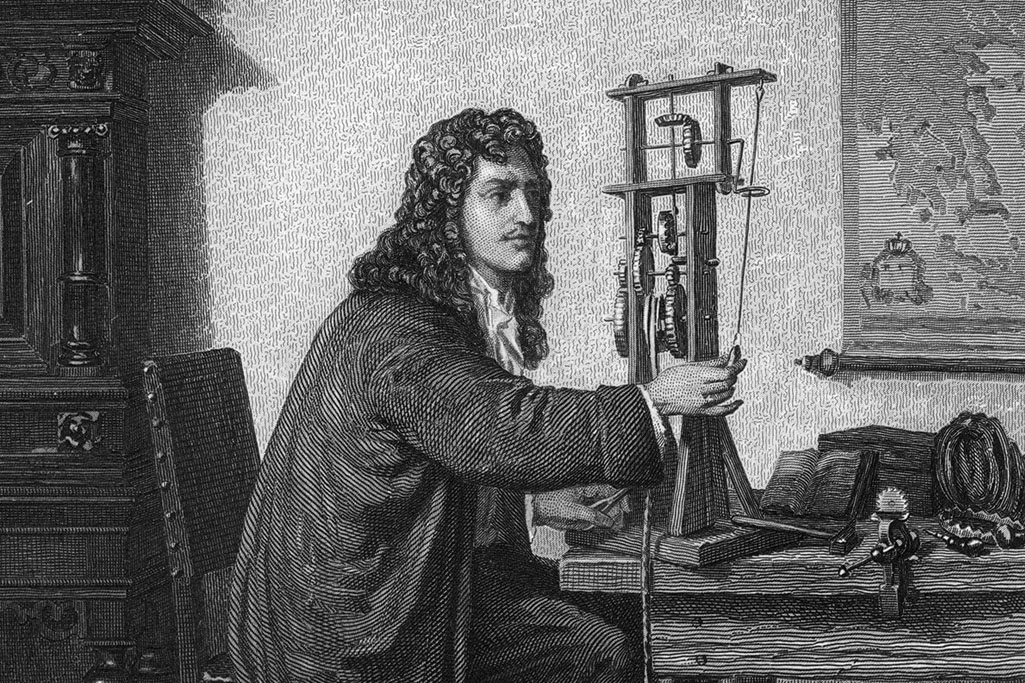
F.P. Journe explained it in an interview: «In a watch, never mind which, when you listen to the tic tac of the balance, it dissipates energy. In a resonance chronometer when the two balance wheels are placed sufficiently close to one another, the energy dissipated by the first one is caught by the other, leading to a unique type of frequency regulation». Simple? Not really if you move from a pendulum to a wristwatch.
F.P. JOURNE IS THE MODERN WIZARD OF RÉSONANCE
The master has always been fascinated by resonance and its application in watchmaking, starting from the 18th-century French watchmaker Antide Janvier, who developed two complete movements with precision escapements, placing them side by side so that the two balances would be contained within the same construction. As he had suspected, each clock retrieved the energy dispersed by the other; the two clocks began beating in harmony, thus entering into resonance. Only Janvier and later on, Abraham-Louis Breguet, developed timepieces based upon this principle before F.P. Journe.

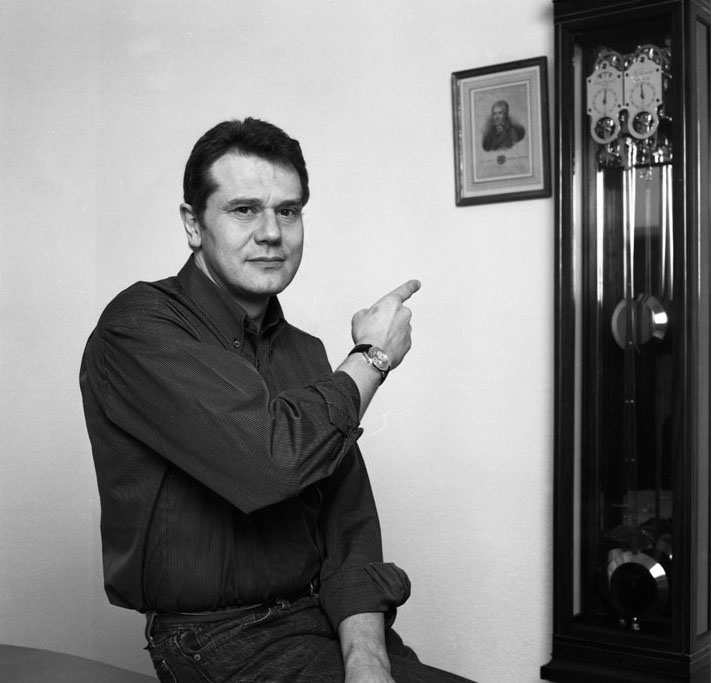
Two centuries after the first application in watchmaking, F.P. Journe undertook the challenge with a first creation for a pocket-watch, but it did not perform according to his expectations. He is certainly not a man who settles for… It took fifteen years of work for the watchmaker to gain the maturity and experience that is required to meet the standards of actual wrist wear and provide high performance chronometry.
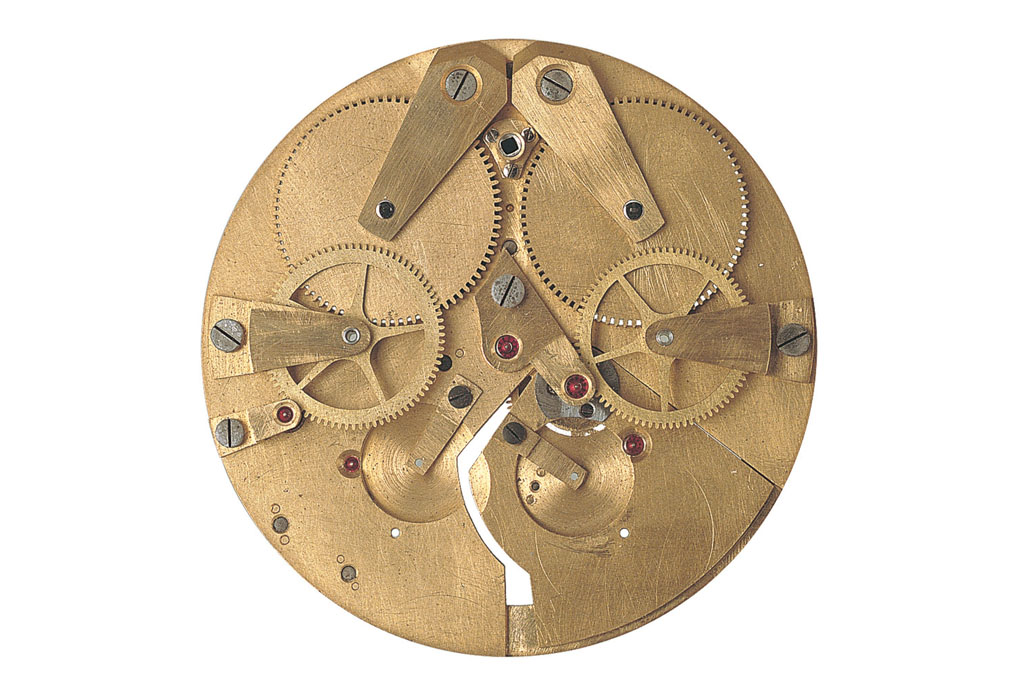
Fifteen years, that allowed him to present, as a world premiere, the very first resonance wristwatch. And when he presented it in 2000, it was baptized Résonance under the patented brand name Résonance.

«It was actually me who coined the term resonance for this phenomenon. It was called back then double pendulum when Janvier and Breguet were working on it. The concept was obviously known, but there wasn’t a general name for it. The way it worked seemed to share a likeness to that of a stringed musical instrument, which resonates. This led to my coining the term», F.P. Journe told.

THE CHRONOMÈTRE À RÉSONANCE BECOMES A COLLECTION
In 2000, twenty pieces of the Chronomètre à Résonance, called Souscription, were made upon order for customers who had purchased the first watch by F.P Journe, the Tourbillon Souscription. From 2001 to 2019, the Chronomètre à Résonance family has gradually grown, with the first collection series (2001), the Ruthenium series (2001-2002), with movement in 18 K rose Gold (2004), the digital 24 hours Résonance (2010), the analogic 24 hours Résonance (2019). As evidence that the resonance is Journe and Journe is the resonance, the Chronomètre à Résonance was awarded “Montre à Grande Complication” at the Grand Prix d’Horlogerie de Genève in 2010.
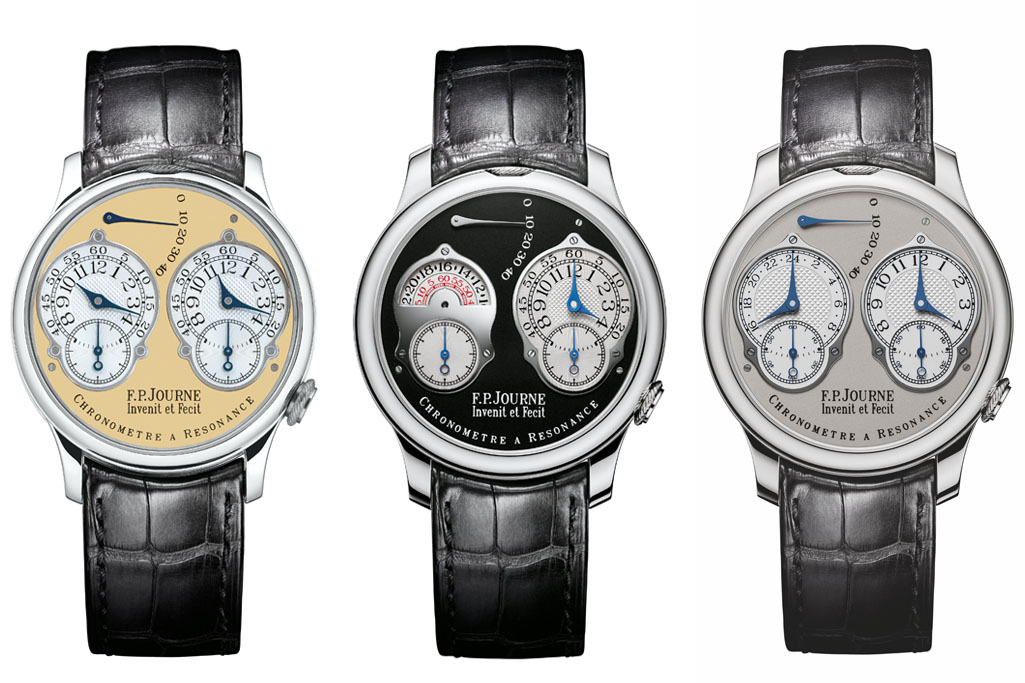
After all, as the master himself told, «this phenomenon was very interesting to me at an early stage, because while I was working with my uncle, I used to curate the collection of the Museum of Arts and Métiers in Paris, where a Breguet resonance regulator which belong to King Louis XVIII, was housed».
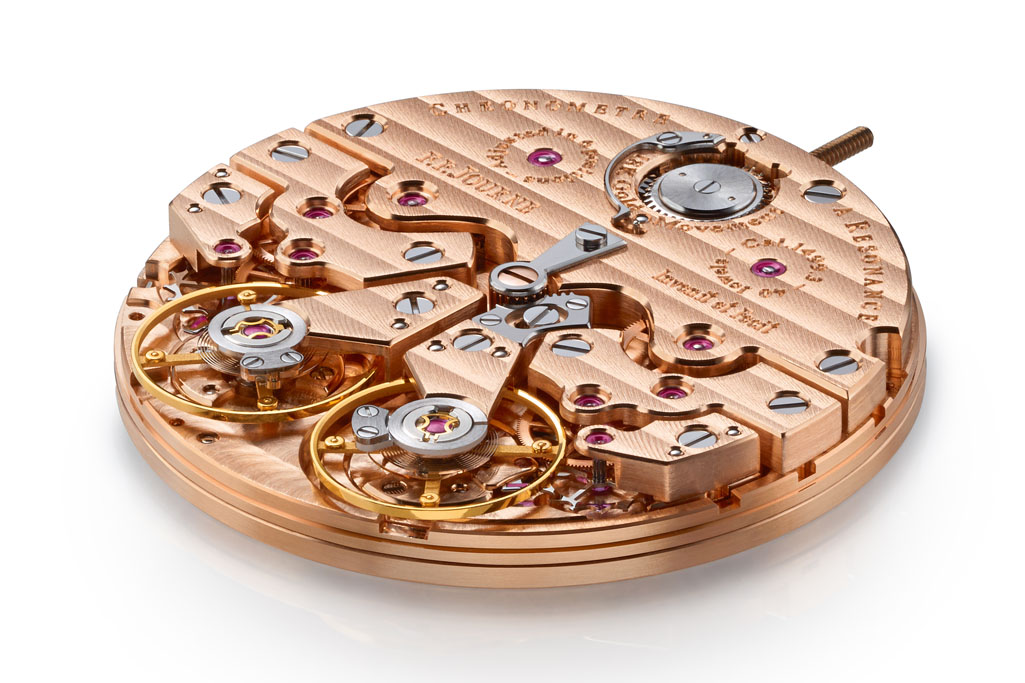
THE LATEST MASTERPIECE
And so, watch after watch, here it is, in 2020, the Chronomètre à Résonance’s edition dedicated to the twentieth anniversary of the first timepiece. Caliber 1520 with manual winding in rose gold, 40 or 42 mm platinum or gold case, white gold and silver (for the platinum case) or 18K 6N gold and silver (for the gold case) dial, leather strap or bracelet in platinum or gold – the watch is the top of watchmaking art by FP Journe.
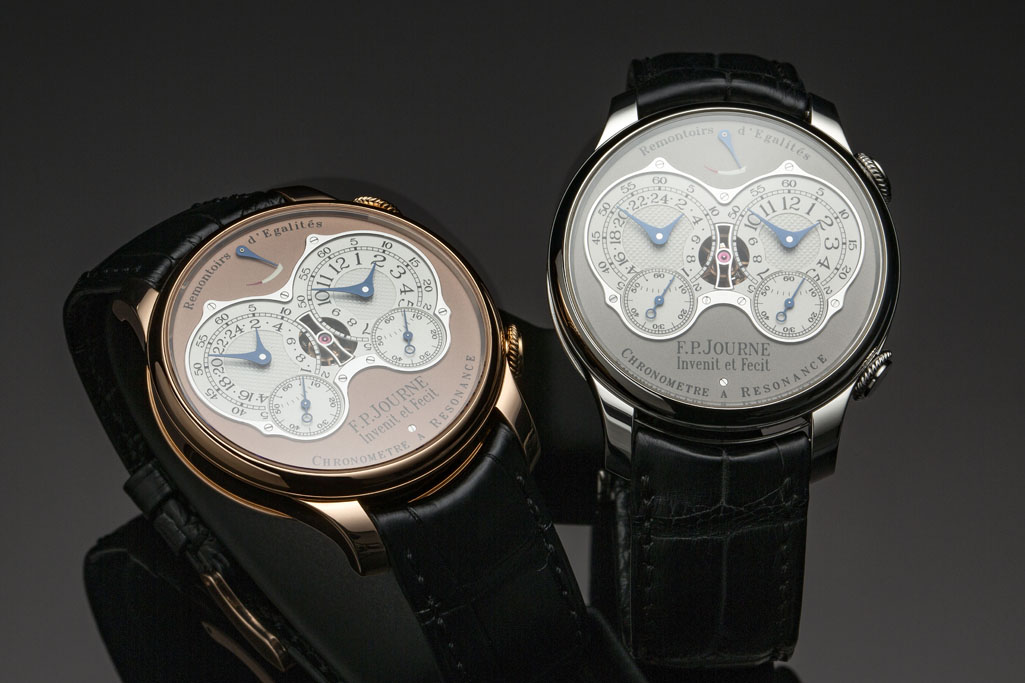
The new Chronomètre à Résonance has only one single barrel spring to provide power for the two movements. A differential placed on the first wheel, visible in the centre of the dial, transmits, independently, the energy of the barrel spring towards the two secondary gear trains.
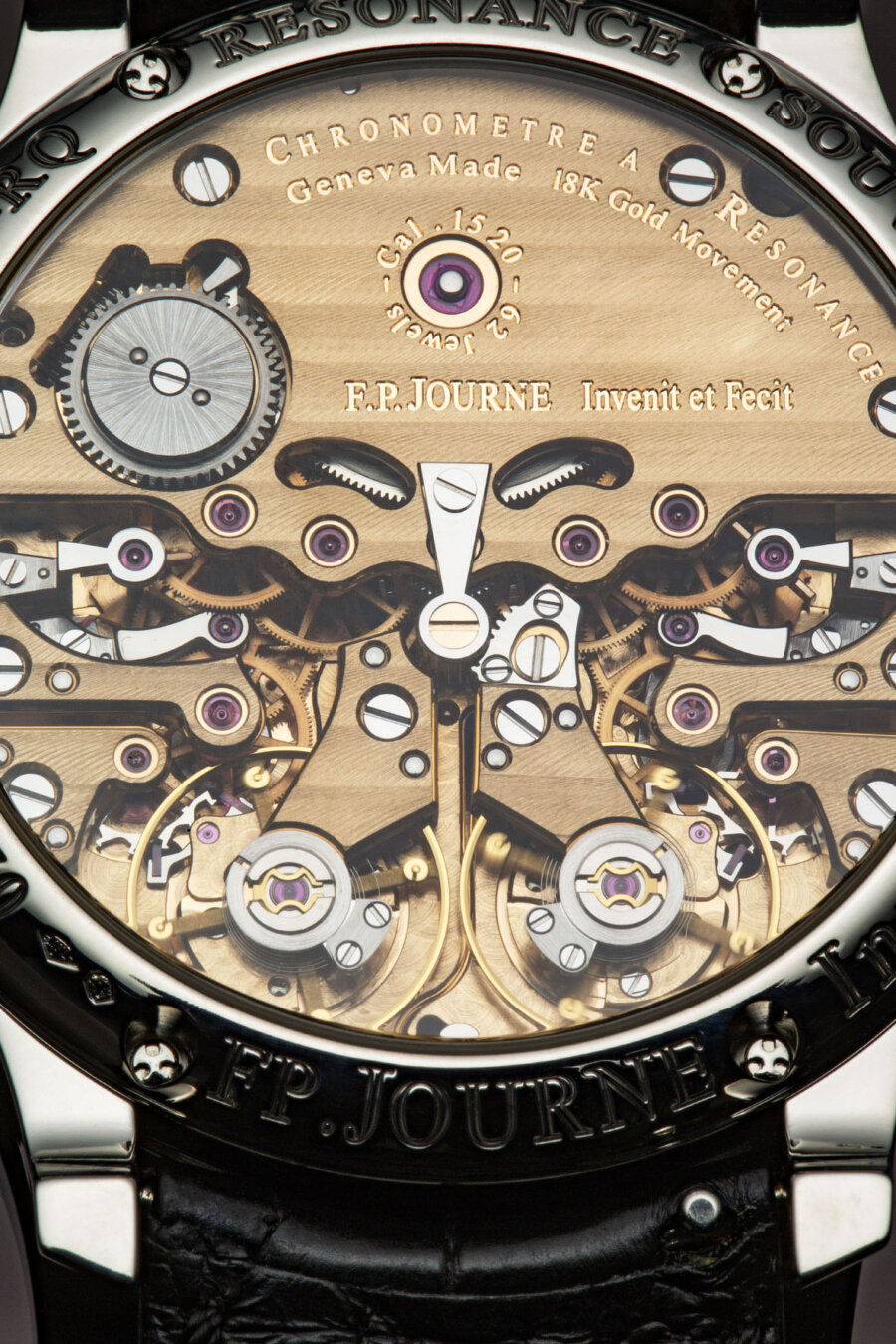

Each secondary gear train is equipped with a Remontoir d’Egalité (or constant-force device) of a frequency of 1 second to provide a linear force to each of the two balance springs. Working in such a way, the force received by the escapements remains linear and assures isochronism throughout 28 hours.
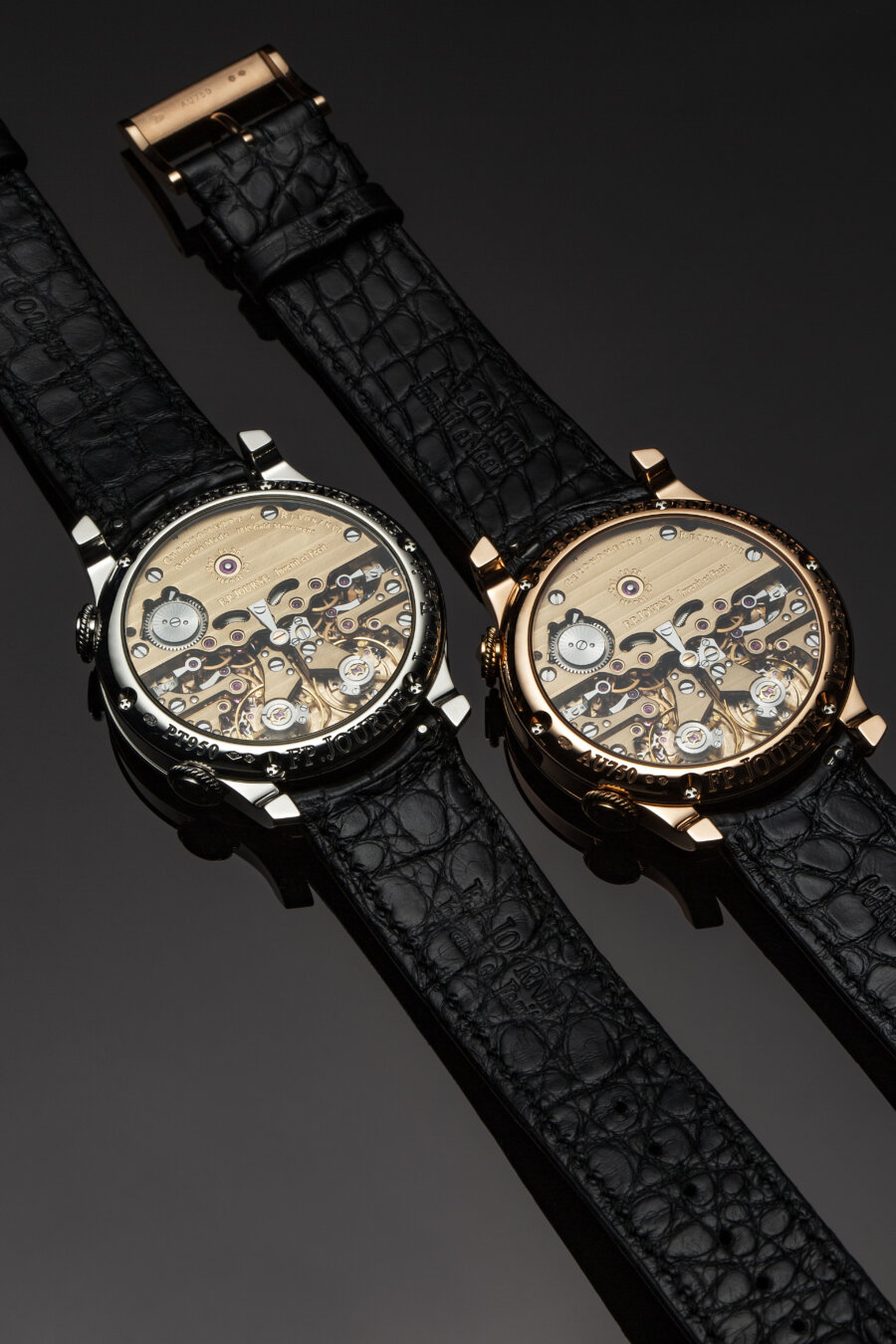

Each of the two balances alternately serves as exciter and resonator. When the two pocket-watch are in motion they enter into harmony thanks to the resonance phenomenon and begin to beat naturally in opposition. The two balances then support each other, giving more inertia to their movement. This result is possible only if the difference of the frequency from one to the other does not exceed 5 seconds per day cumulated on six positions.
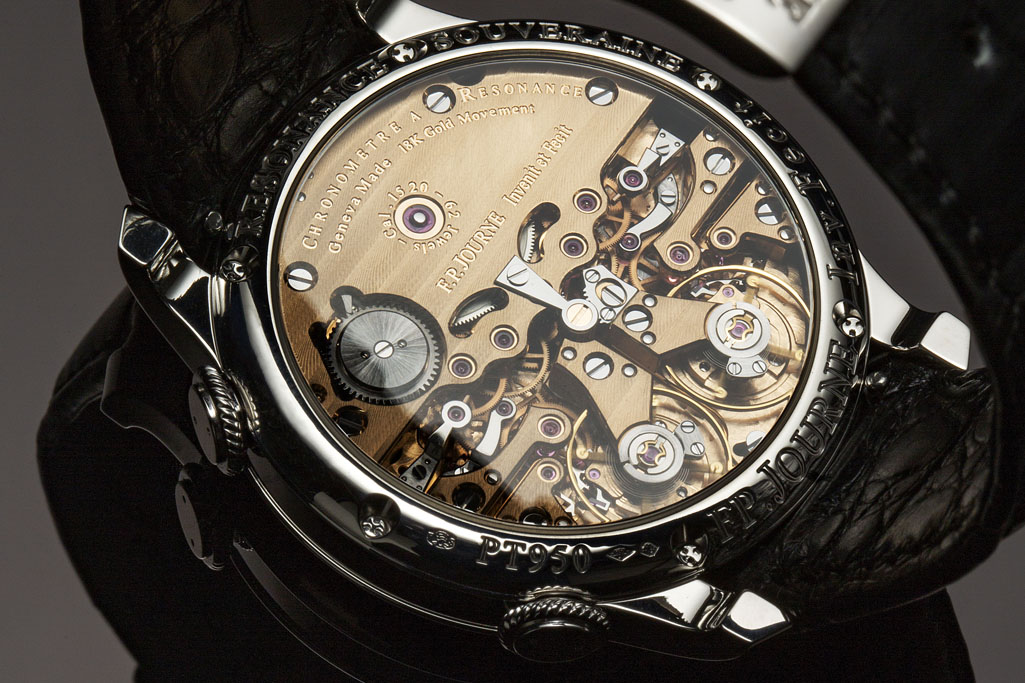
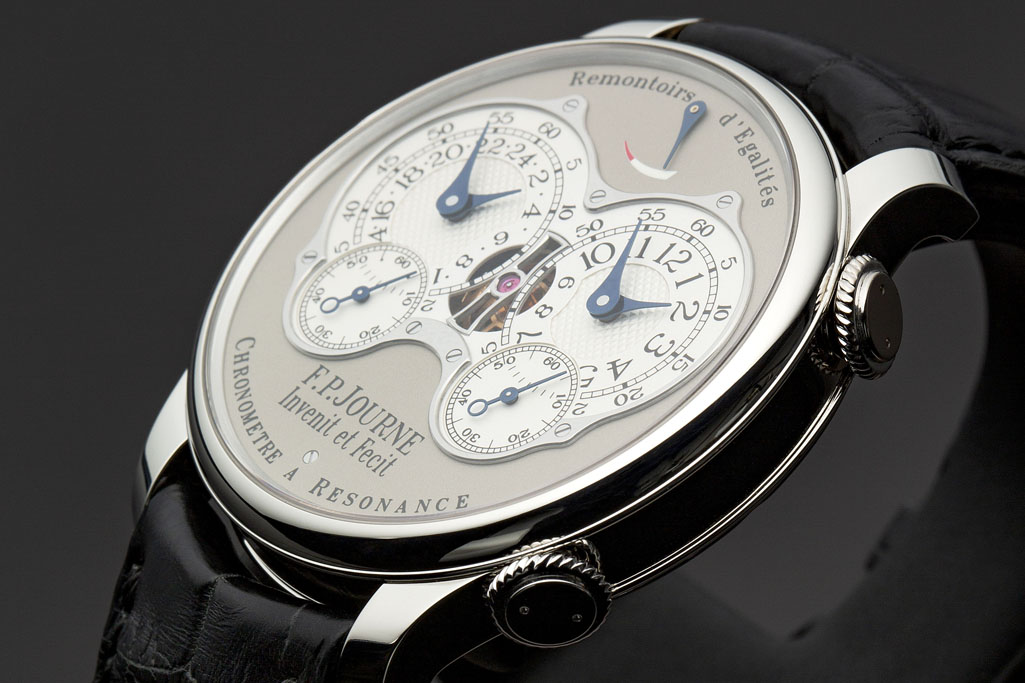
The Chronomètre à Résonance features a redesigned case with a crown now placed at 2 o’clock easing the winding of the watch in position 0 and the time setting in position 2, clockwise for the left dial – indicating 24 hours – and anti-clockwise for the right dial – indicating 12 hours. Pulling the crown at 4 o’clock, both seconds are simultaneously reset.

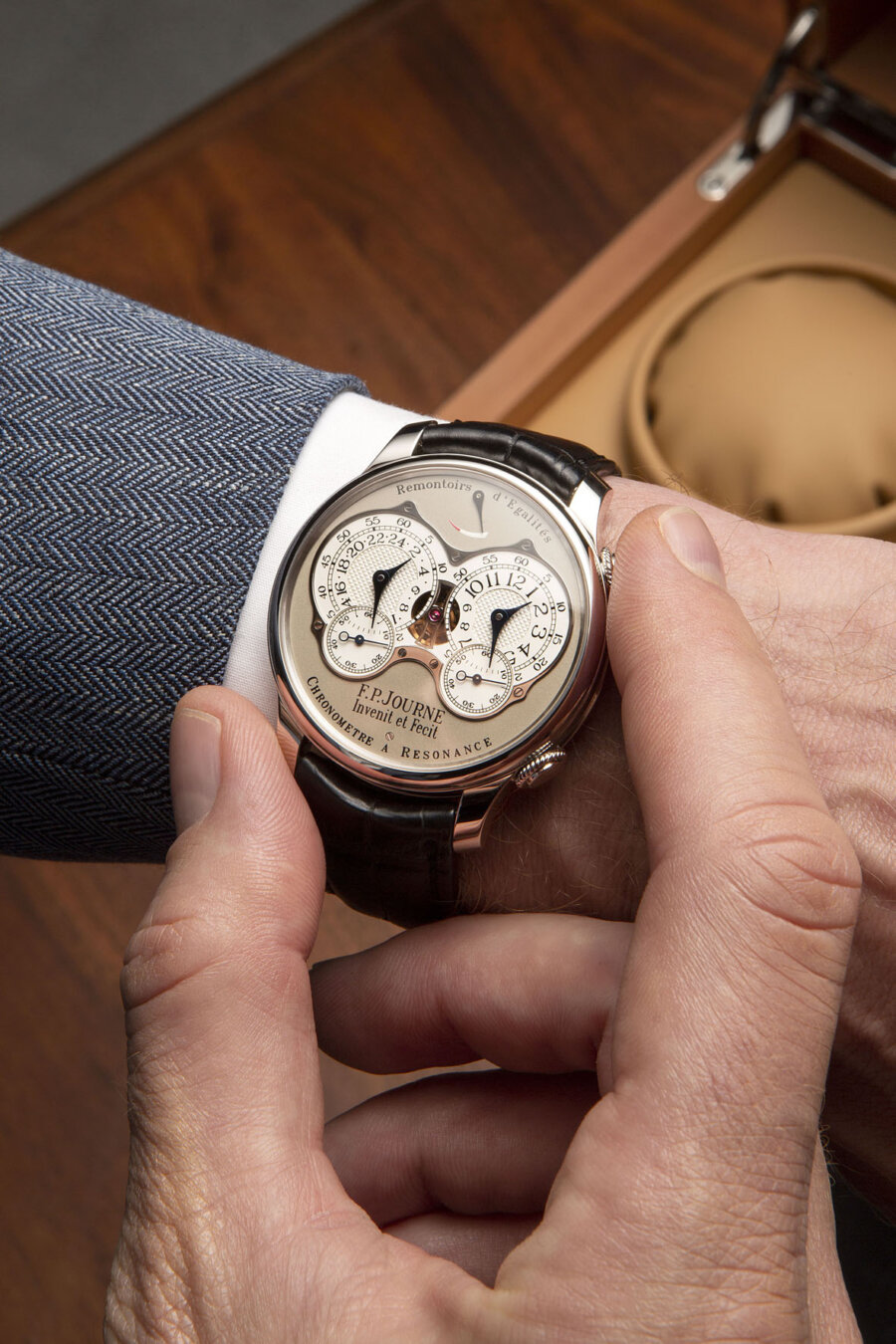
Not bad for a guy who became a watchmaker by chance, as he himself confessed: «I never had the desire to become a watchmaker. It was just circumstance, my uncle was a very proficient watchmaker, working on high-complications». God bless his uncle.

